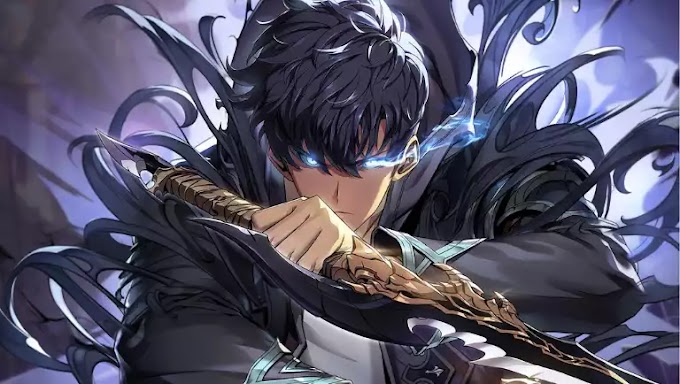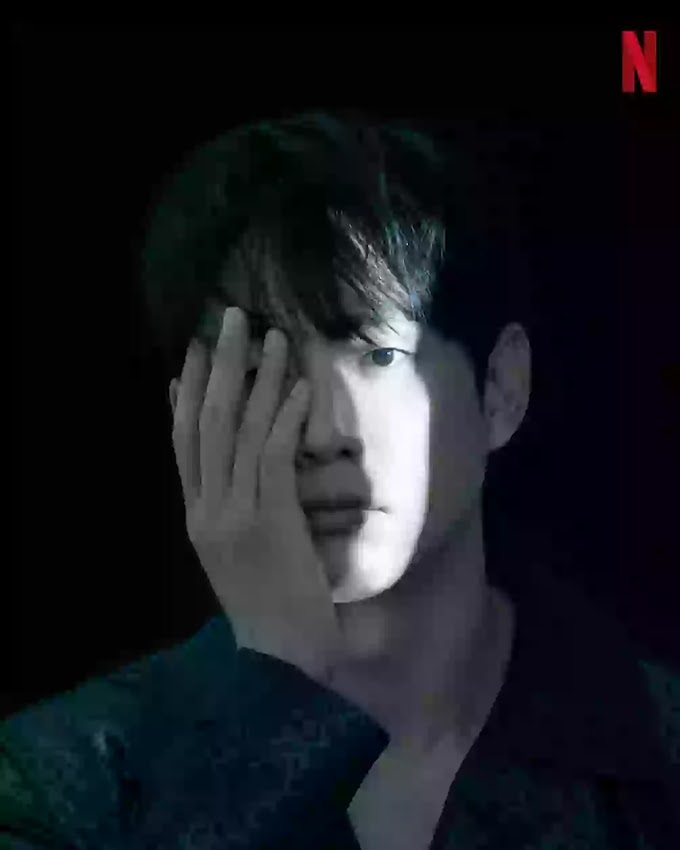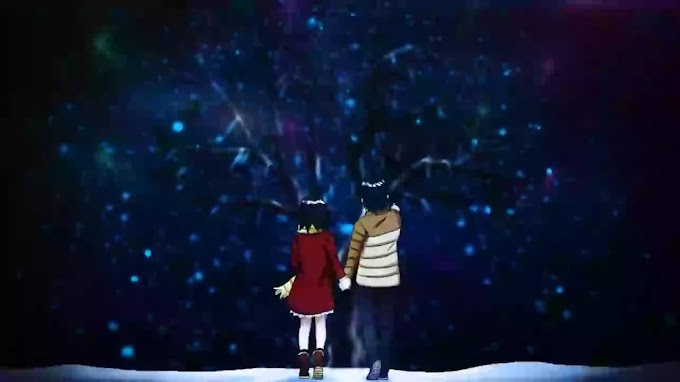Long Joureny of Manga
In the realm of artistic expression, few mediums capture the imagination quite like manga. Originating from Japan, manga has become a global phenomenon, enthralling audiences of all ages with its rich storytelling, vibrant artwork, and diverse styles. From the fantastic realms of shonen to the poignant narratives of josei, manga offers a captivating experience that transcends cultural boundaries. Let's dive deeper into this fascinating world and find out what makes manga so beloved by billions of people around the world.
What is Manga?
Manga, pronounced "mahn-gah", refers to Japanese comic books or graphic novels. It covers a wide range of genres, styles and subjects for a variety of audiences. The word "manga" translates as "whimsical pictures", reflecting the playful and imaginative nature of these works.
Origin and development
Manga has its roots in the 12th century, with the emergence of picture scrolls depicting tales and folklore. However, by the 20th century manga as we know it today began to take shape. Influenced by Western comic strips and illustrated novels, artists such as Osamu Tezuka introduced the modern manga style, which is characterized by its own distinctive artistic techniques and narrative structures.
Since its inception, manga has undergone significant evolution, reflecting changes in society, technology, and artistic trends. From the early days of black-and-white newspapers to the digital age of webcomics, manga continues to adapt and innovate while remaining relevant in an ever-changing world.
Variety of styles
One of the most attractive aspects of manga is its vast range of genres, catering to almost every taste and interest. Whether you're attracted to action-packed adventures, heart-warming romances, or thought-provoking dramas, there is a manga for you.
Shōnen: Targeted primarily at young male readers, shonen manga typically feature action-packed storylines, dynamic characters, and themes of friendship, courage, and perseverance. Iconic series like “Naruto,” “One Piece,” and “Dragon Ball” exemplify the popularity and enduring appeal of shonen manga.
Shojo
Shojo manga, on the other hand, primarily targets female audiences, focusing on romance, relationships, and personal growth. These stories often explore themes of love, friendship, and self-discovery, which appeal to readers of all ages. Beloved shojo titles include "Sailor Moon," "Fruits Basket," and "Nana."
Seinen and Josie
Seinen manga target adult male readers, offering more mature themes, complex characters, and sophisticated storytelling. Josei manga, on the other hand, caters to adult women, focusing on realistic depictions of romance, career struggles, and everyday life. Series like “Berserk,” “Tokyo Ghoul,” and “Nodame Cantabile” exemplify the diversity and depth of seinen and josei manga.
Isekai and Fantasy
Isekai manga, a popular subgenre, transports heroes from the real world to fantasy realms, where they embark on epic adventures and face daunting challenges. These stories often incorporate elements of magic, mythology, and alternate realities, enthralling readers with their imaginative settings and complex world-building.
Slice of Life and Drama
Slice of Life manga offer a glimpse into the everyday lives of ordinary people, exploring themes of friendship, family, and personal growth. Often characterized by its gentle pace and relatable characters, Slice of Life manga celebrates the beauty and complexity of human experiences. Titles such as "March Comes in Like a Lion," "My Youth Romantic Comedy Is Wrong, as I Expected," and "Barakamon" capture the essence of the genre.
Artistic style and technique
One of the defining characteristics of manga is its unique artistic style, which is characterized by expressive characters, dynamic panel layouts, and exaggerated emotions. Manga artists use a variety of techniques to convey mood, action, and narrative flow, using techniques such as screentone, speed lines, and sound effects to enhance visual storytelling.
Manga panels are arranged in a specific order to guide readers through the story, with a focus on pace, rhythm, and mystery. This sequential art form allows for creative experimentation, with artists often pushing the boundaries of visual storytelling to captivate and engage their audiences.
Global impact and influence.
While manga originated in Japan, its influence has spread far beyond its shores, enthralling audiences around the world. Translated versions of popular manga series have found success in markets across Asia, Europe, and the Americas, giving rise to a global community of manga enthusiasts.
The rise of digital platforms and online communities has further accelerated the global reach of manga, allowing fans to connect, share, and discuss their favorite series with like-minded individuals from diverse backgrounds. Manga-inspired art, cosplay and fan.
Conclusion
Ultimately, manga is a testament to the power of storytelling and artistic expression. With its diverse styles, adorable artwork, and universal themes, manga attracts audiences of all ages, crossing cultural boundaries and fostering a global community of fans. Whether you're setting off on an epic adventure, exploring the depths of human emotion, or simply enjoying a slice of life, there's a manga out there waiting to mesmerize and inspire you. So pick up a manga, immerse yourself in its vibrant world, and let your imagination dream.

.jpg)
.jpeg)
.png)
.jpeg)
.jpeg)

.jpeg)
.jpeg)
.jpeg)





.webp)






